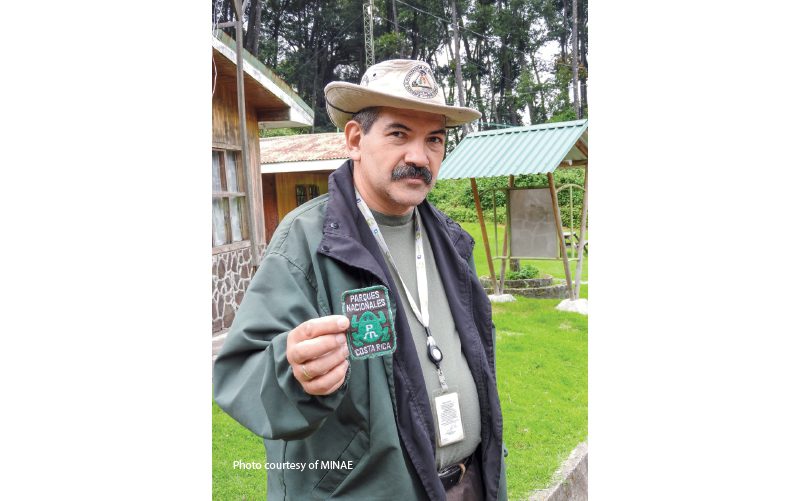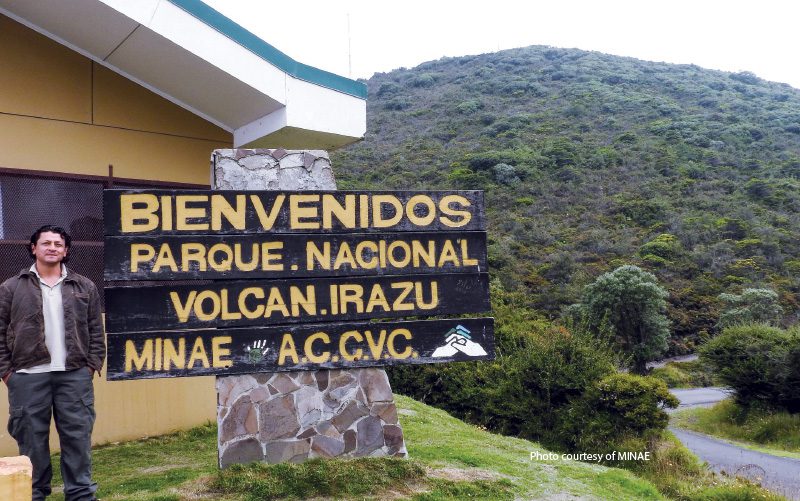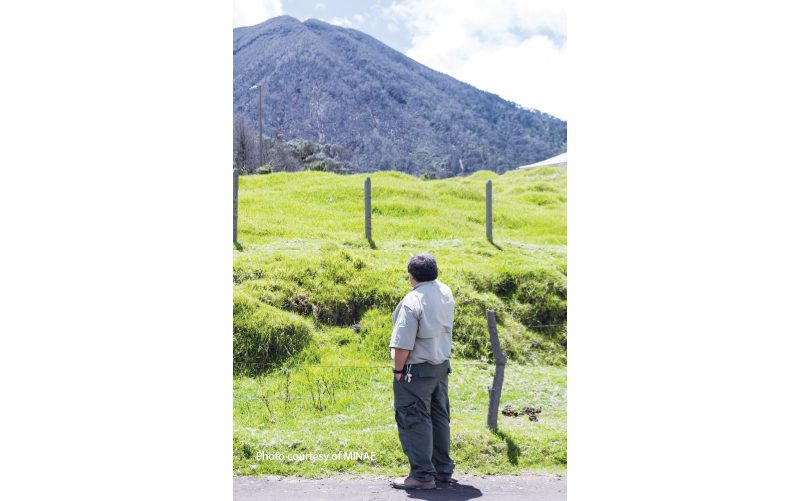For some governments in the world, environmental protection remains just a lofty ideology, while others have made it an institutionalized obligation. In Costa Rica, it’s a human right. This country’s sustainable development vision not only underpins the vast institutional framework that’s evolved over time but also a culture of natural resource conservation benefiting everyone.
Article 50 of the Costa Rican Constitution guarantees the right to a healthy and ecologically balanced environment. In addition, it mandates government transparency, publicness and accountability. It also establishes the right to participate, request and access information of public interest. The 1995 General Environmental Law (Law 7554) affirms that the environment is a common inherent right of all, and that the government and individuals should participate in its conservation and sustainable use. This Law created a new set of national and decentralized environmental agencies, complemented three years later by the Biodiversity Law.
MINAE touches
many relatable aspects of pura vida.
For newcomers to Costa Rica, the unfamiliar alphabet soup of bureaucratic entity names and acronyms can seem daunting, especially in two languages. One is worth learning about due to its prominence and relevance to everyday life: MINAE stands for Ministry of Environment and Energy (Ministerio de Ambiente y Energía).
From the national parks you visit to the extra building permit you might need for your new house to the wastewater treatment system on your property, MINAE touches many relatable aspects of pura vida. It’s the governing authority on all environmental matters in Costa Rica, while three other ministries have responsibilities in other related areas: Ministry of Health (MINSA), Ministry of Agriculture and Livestock (MAG) and Ministry of Transportation and Public Works (MOPT).

The mission of MINAE is to contribute to quality of life improvements for people living in Costa Rica. It promotes management, conservation and sustainable development of the country’s elements, goods, services and oversees the country’s environmental and natural resources. Through legal provisions or international agreements, MINAE ensures that national development activities are respectful to both nature and citizen rights to create a healthy and ecologically balanced environment.
 MINAE’s new administration has committed to focus urgent attention on the following environmental priorities over the next four years: safeguarding and security of protected areas, management of solid wastes, incrementing pollution of seas and rivers, modification of consumer plastic habits, use of chemicals in agriculture, and improved urban mobility to meet decarbonization goals. By focusing on these priorities, MINAE is working to protect Costa Rica’s natural resources, animals and residents.
MINAE’s new administration has committed to focus urgent attention on the following environmental priorities over the next four years: safeguarding and security of protected areas, management of solid wastes, incrementing pollution of seas and rivers, modification of consumer plastic habits, use of chemicals in agriculture, and improved urban mobility to meet decarbonization goals. By focusing on these priorities, MINAE is working to protect Costa Rica’s natural resources, animals and residents.
MINAE is partnering with Howler Magazine over the next few issues to provide overviews of how MINAE’s administration and regulations impact the daily lives of people living in Costa Rica.
Important Interconnected Entities
MINAE is a complex organization of agencies directly affiliated with the Office of the Minister, the superior body of the ministry’s technical, operational and administrative matters. The office also exercises political governorship of four vice-ministries: Natural Resources, Environmental Management, Energy, and Water and Seas. Each assists the minister in implementing policies in its specialty area and fulfills the ministerial and national development plans.
The most important environmental agencies coordinated by MINAE are:
National Conservation Areas System (SINAC)
National Forestry Financing Fund (FONAFIFO)
National Biodiversity Management Commission (CONAGEBIO)
Administrative Environmental Tribunal (TAA)
National Meteorological Institute (IMN)
Directorate of Climate Change (DCC)
National Geo-Environmental Information Center (CENIGA)
Environmental Comptroller
Energy Directorate
National Environmental Technical Secretariat (SETENA)
Directorate of Geology and Mines (DGM)
General Directorate of Environmental Quality Management (DIGECA)
Water Directorate (DA)
Building Greener in Guanacaste
Picking the Right Windows
Swimming Pools, Design Construction and Maintenance
Know Before You Buy, The importance of Home inspection
From Dream to Reality
Picking your Dream Property
Storm Protection for Your Home
Roofing 101: Guanacaste Style
Guanacaste Tropical Hardwoods
Going with the flow: Rain Runoff and Erosion
Understanding Tico Plumbing







